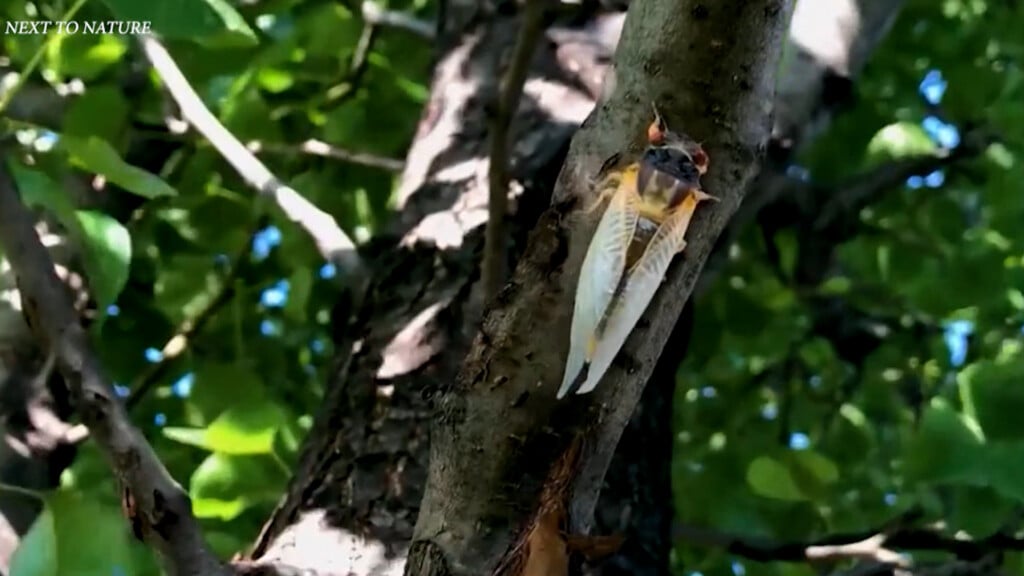Al-Qaeda in Yemen Urges Local, International Jihad
BY SARAH EL DEEB
Associated Press
CAIRO — Al-Qaeda in the Arabian Peninsula, suspected of having ties to the attackers in Paris, has been the most active of the terror network’s branches in trying to strike in the West.
There are signs now that the group inspired or directly plotted the attack on the French satirical magazine Charlie Hebdo. If so, it would be the Yemen-based branch’s first successful strike outside its home territory.
That would be a triumph for its trademark double-strategy: Waging jihad in Yemen to build its strength to strike abroad.
The group, the product of a merger between the terror group’s Yemeni and Saudi branches, has been blamed for a string of unsuccessful bomb plots against American targets.
These include a foiled plan to down a Detroit-bound airliner in 2009 using a new type of explosive hidden in the bomber’s underwear, and another attempt a year later to send mail bombs hidden in toner cartridges on planes bound to the U.S. from the Gulf.
The group’s lead bomb maker, Ibrahim al-Asiri, is believed to have created the explosives used in both foiled plots.
Bill Roggio, editor of the Long War Journal, which chronicles militant activities, said Yemen’s branch of al-Qaeda has managed to seize territory inside Yemen, provide training and support for extremist groups operating in Syria, Iraq and other regions, and promote “lone wolf” attacks in the West.
“They are active in the heart of the Middle East. They threaten the Yemeni government and they are directing their activities externally as well,” he said. “And they are serving to train and support in other theaters.”
The group’s leader, Nasser al-Wahishi, spent years as Osama bin Laden’s personal assistant before returning to his native Yemen. His close ties to bin Laden gave him influence within the group’s various branches and led to him assuming leadership of the core group after bin Laden’s death.
His focus on networking with other militant groups in Africa, Iraq and Syria gave the Yemen branch particular prominence in the network. The group is believed to have sent the largest contingent of al-Qaeda fighters to Iraq in 2009, Roggio said.
The group was the first to use English publications to reach out to supporters in the West, with the launch in 2010 of its English-language magazine, Inspire. It featured commentary by a radical U.S.-born cleric, Anwar al-Awlaki, who was killed in a U.S. drone strike in Yemen in 2011, but whose words are still influential in cyberspace.
The group has threatened Charlie Hebdo and other cartoonists who have satirized the Prophet Muhammad. Charlie Hebdo editor Stephane Charbonnier, one of the 12 people slain in Wednesday’s attack on the magazine, was on a hit list published in a 2013 edition of Inspire.
Its latest edition, in December 2014, stressed the group’s commitment to supporting lone wolf militants and small groups in attacks targeting their home countries. No expertise is needed to prepare attacks against Western targets, it said, urging strikes in “America, if not possible then the UK, if not, then in France.”
Yemeni authorities suspect that Said Kouachi, one of the brothers involved in the deadly Paris attack, fought for al-Qaeda in Yemen at the height of the group’s offensive in the country’s south, a Yemeni security official said Friday.
The group made major territorial gains in 2011, following the uprising that forced the country’s longtime leader, Ali Abdullah Saleh, to step down after more than 30 years in power. Kouachi is believed to have joined the militant group’s ranks in Abyan province, one of the provinces at the center of the militants’ push, said the official, who spoke on condition of anonymity because of an ongoing investigation into Kouachi’s stay in Yemen.
Al-Qaeda militants and their allies seized several towns and cities in the south of the country before they were pushed back in a monthslong, U.S.-aided military campaign by government forces last year.
Now, the group is surging in strength, finding new support and recruits among the country’s Sunni tribesmen, in a backlash to U.S. drone strikes and the rise to power of Shiite rebels who have taken over the capital and other parts of the country since September. The Long War Journal has recorded 149 attacks by the group in 14 provinces since September.
The militant group’s ultimate goal is a global caliphate, Roggio said.
“They have been very effective in their leadership, being able to survive a U.S. drone campaign and plotting attacks, as well as coordinating with other jihadists groups, he said. “It is a group that sent its fighters to multiple theaters and then re-tasked them to provide support to other jihadist groups.”





Leave a Reply